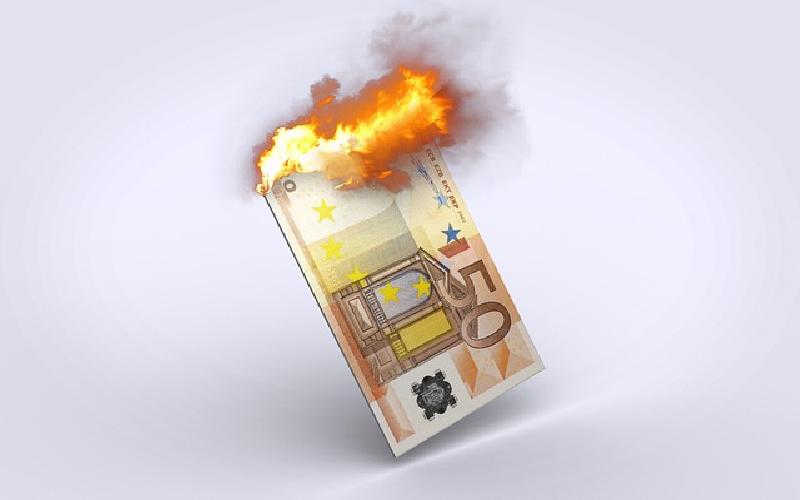What is macroeconomics and what are the causes of inflation?


Inflation makes our money lose value. It is the process of increasing the price of goods. There are many causes that lead to inflation. In this article we will discuss what exactly causes inflation?
Inflation refers to the on-going process causing the prices of goods and services to increase. When a country suffers run-away inflation, the prices of everything skyrocket. The people lament the decreasing value of money.
When the price of an item increases, that is not inflation. Inflation refers to the increasing price of many items.
There are two causes of inflation.
The first cause of inflation is the demand-pull inflation. When the demand for goods and services increases in a country, it will create a demand-pull inflation.
The first factor that contributes to demand-pull inflation is the increase in quantity of money. When people have too much money to spend, they will keep buying.
That will cause a demand-pull inflation.
The second factor that contributes to demand-pull inflation is the increase in government spending. When government increases spending in all aspects of civil service, that will cause the price of raw materials, goods and services to increase. At a time when the economy is booming, the increase in government spending will result acute inflation.
The third factor that contributes to demand-pull inflation is the increase in net exports. When the manufacturing plants export most of the products, there are few products for home consumption. This scarcity of products will cause a demand-pull inflation.
The second cause of inflation is the cost-push inflation.
The first factor of cost-push inflation is the increase in labor cost. Labor cost forms a substantial part of the over-all costs in manufacturing companies. Sometimes, the strong labor unions can cause the real wage rate to increase substantially. The increase in real wages will cause the price of goods and services to increase, creating cost-push inflation.
The second factor of cost-push inflation is the increase in nominal price of raw materials. When the oil price increases, the prices of practically all the goods and services increase.
One example is the recession in the 1970s. OPEC increased the oil price a few times, and the whole world suffered from the ill effect of inflation. When the nations could not combat cost-push inflation, the world economy went into recession.
Since there are two causes of inflation, the policy-makers have to decide on different strategies to deal with inflation. When policy-makers face demand-pull inflation, they can tighten the supply of money through monetary policy. They can curb exportation to ease the shortage of products in the country.
When the policy-makers face cost-push inflation, especially due to increase in oil price, they have a harder time combating inflation.
Ever expanding population and new challenges like environment volatility are creating new avenues for rising food inflation. Other factors like rising wages, rising prices of transportation and even tax burden can lead to inflation.
Microeconomics and macroeconomics constitute the fundamental divisions of economics, each addressing different tiers of economic operations. While certain principles are shared, they center on discrete levels of examination, leading to diverse consequences for decision-making and policy formulation..
The US Smoot-Hawley Tariff Act is a useful case study in understanding how political opportunism can play havoc with economic decision making. This Act ended up worsening the crisis further, laying down important lessons about what the policy makers shouldn’t do.
.